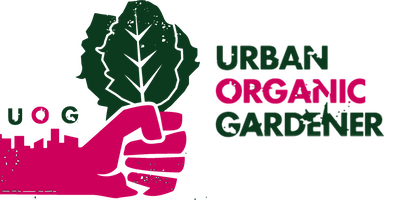The original source of this post can be found @ collectively.org

Get the instructions booklet out and make sure all the pieces of your toolkit are in place. For the age of the flatpack farm has dawned. James Clasper speaks to two green-thumbed urban innovators
Forget flatpack furniture. Also forget traditional agriculture. Coming soon to a city near you – it’s the flatpack farm. At least, that’s the ambition of Mikkel Kjaer and Ronnie Markussen, a pair of young entrepreneurs who run Human Habitat, a Danish “urban design lab”.
“We wanted to make urban farming even smarter,” says Markussen over a coffee in central Copenhagen. The duo’s aim, he says, was to design a unit that would increase food security in cities, lower the ecological footprint of food production, create jobs and easily adapt to changes in the urban landscape.

What they came up with was the so-called Impact Farm – though it’s much more fun to describe it as a flatpack farm. That’s because it’s built using an assembly-kit of ready-made components that arrive in a saved-from-scrap shipping container. Put them together and you’ve got a two-story vertical hydroponic (or soil-free) farm, which certainly beats a Billy bookcase.

Designed to be self-sufficient in water, heat and electricity, the farm requires a footprint of just 430 sq ft – though once the shipping container has been unpacked and the farm installed, the production area stretches to 538 sq ft. Crops include greens, herbs and fruiting plants.
Human Habitat was born when childhood friends Kjaer and Markussen discovered they shared a similar goal. “We wanted to reconnect people to food by giving them a green space that brings nature back into our cities,” says Kjaer. As a student of development economics at Roskilde University, Kjaer had become interested in “small-scale solutions to the most fundamental of problems – providing food”. Markussen, meanwhile, had trained as a carpenter and worked on ambitious projects such Upcycle House, which was constructed using recycled and upcycled building materials.
Pockmarked with food deserts
The pair subsequently spent a couple of years exploring other models of urban farm, such as GrowUp in London and Edenworks in New York City. And the US is their target market, not only in terms of scale, but also because many American cities are pockmarked by empty, underused space, food deserts, and endemic underemployment, says Kjaer – urban farms are a potential solution to all such problems. Creating new jobs and skilling people up are particularly important facets of the urban farm, he adds.

In terms of production capacity, Kjaer and Markussen envisage two models. For independent businesses looking to sell herbs and micro-greens to restaurants and markets, the farm could produce nearly 3 tonnes per year. A larger, community-driven project – for example, one seeking to produce vegetables, leafy greens and fruit for distribution to schools, kindergartens and nursing homes – could expect to produce up to just over 6 tonnes per year.
The primary aim is to be able to unpack the farm quickly. It should take 10 days to install, and has been designed with ease of taking apart and relocation in mind. But there are other considerations too, such as designing it so that materials can be replaced. “If in five years there’s a better material that comes onto the market, we can replace it,” says Markussen.
And, in keeping with the farm’s Scandinavian origin, looks matter too. “It has to be aesthetically pleasing,” says Markussen. You see, it may boast innovative technology and food production methods but what makes the Impact Farm stand out is its sustainable architecture and Danish design.
For now, Kjaer and Markussen intend to concentrate on the urban model, which is designed to be built in the gaps in the city, such as abandoned parking lots or vacant land between buildings.
Testing terrain
In time, they want to develop a version of the farm which can help address humanitarian crises, especially where people are packed into refugee camps. That model will have more of a “flatpack” design, allowing it to be transported to, and then assembled in, more demanding environments.
Construction of Human Habitat’s first Impact Farm will begin next week on a residential street in Copenhagen’s Nørrebro neighbourhood, a stone’s throw from where Denmark’s most famous storyteller, Hans Christian Andersen, is buried. Kjaer and Markussen will run it as a pilot project, using a hydroponics system. Later models will use aquaponics.
Local interest is running high, they say. I ask who they see buying these farms. “Catering companies, housing cooperatives, schools, municipalities, restaurants, local communities,” says Kjaer. Then he smiles. “We feel a sense of urgency to get this out there.”





















Ten days to install does not sound particularly easy.